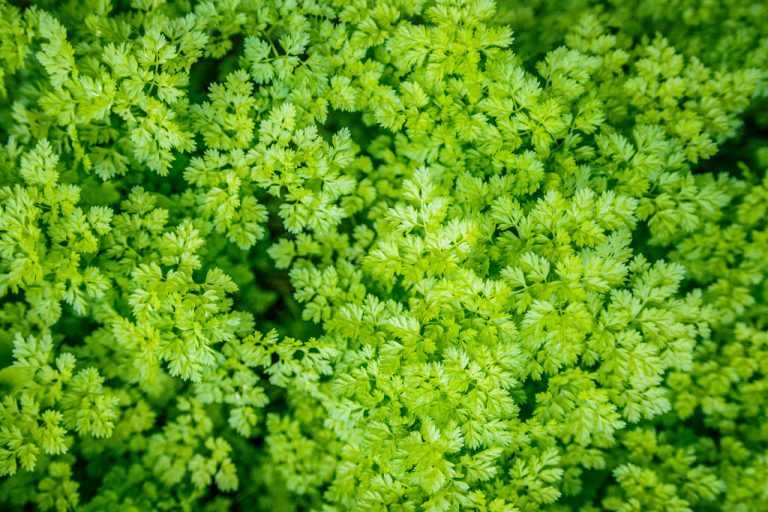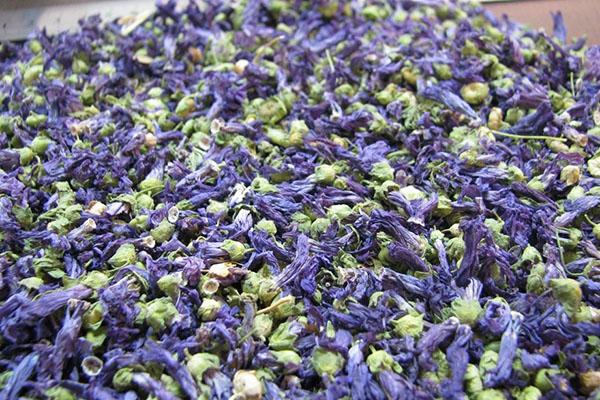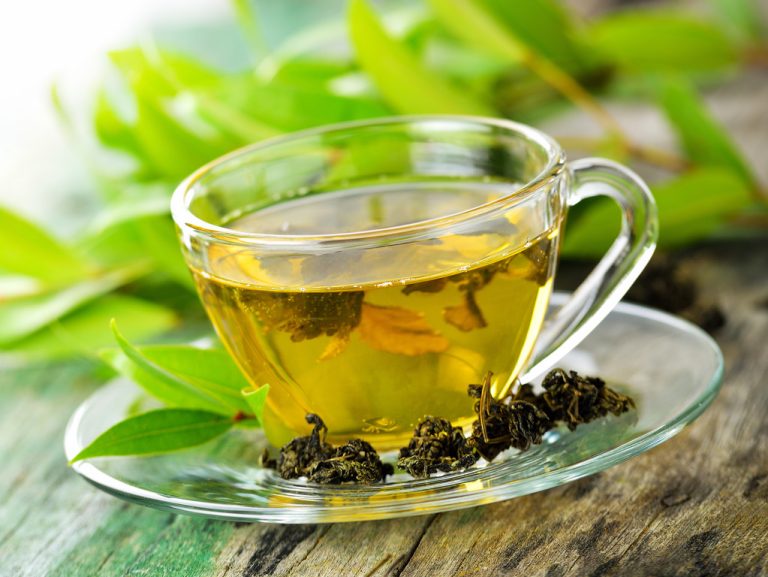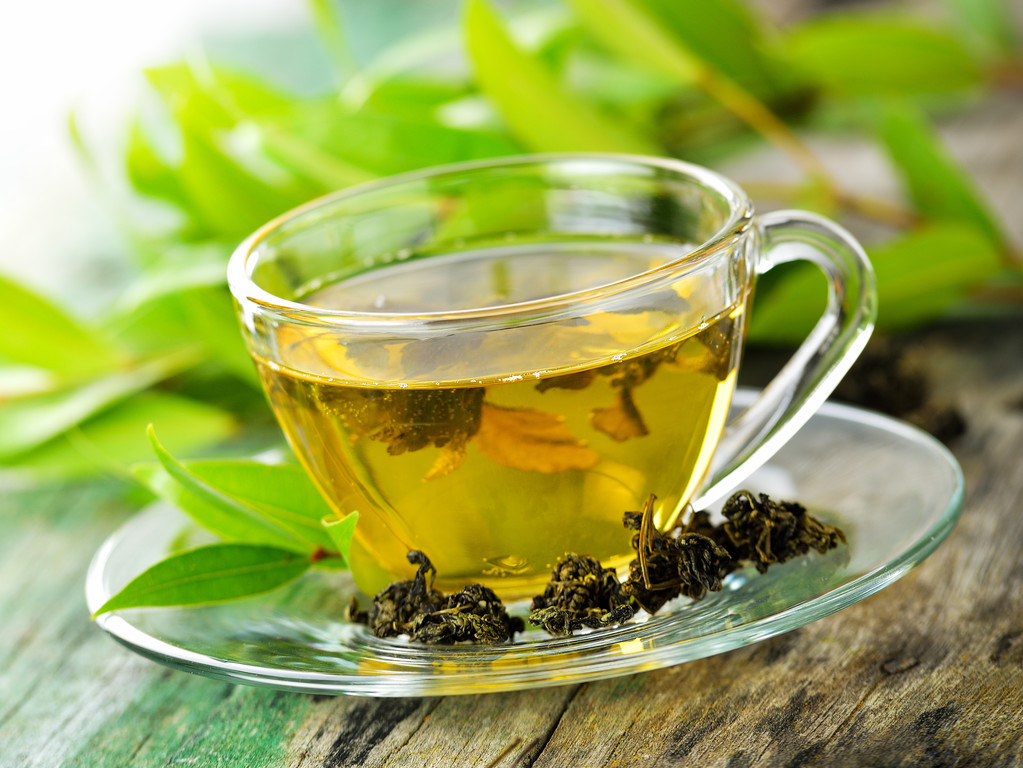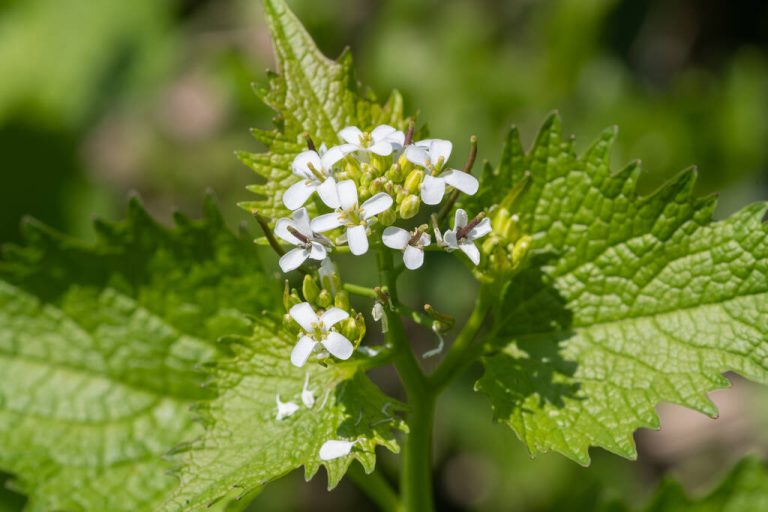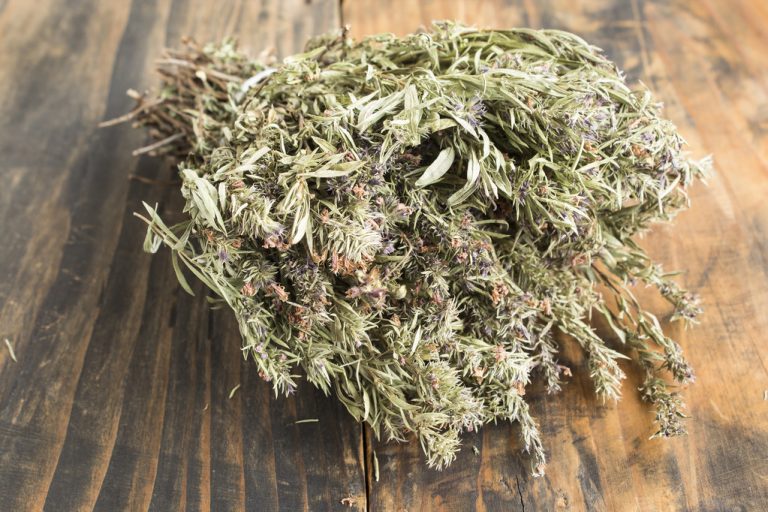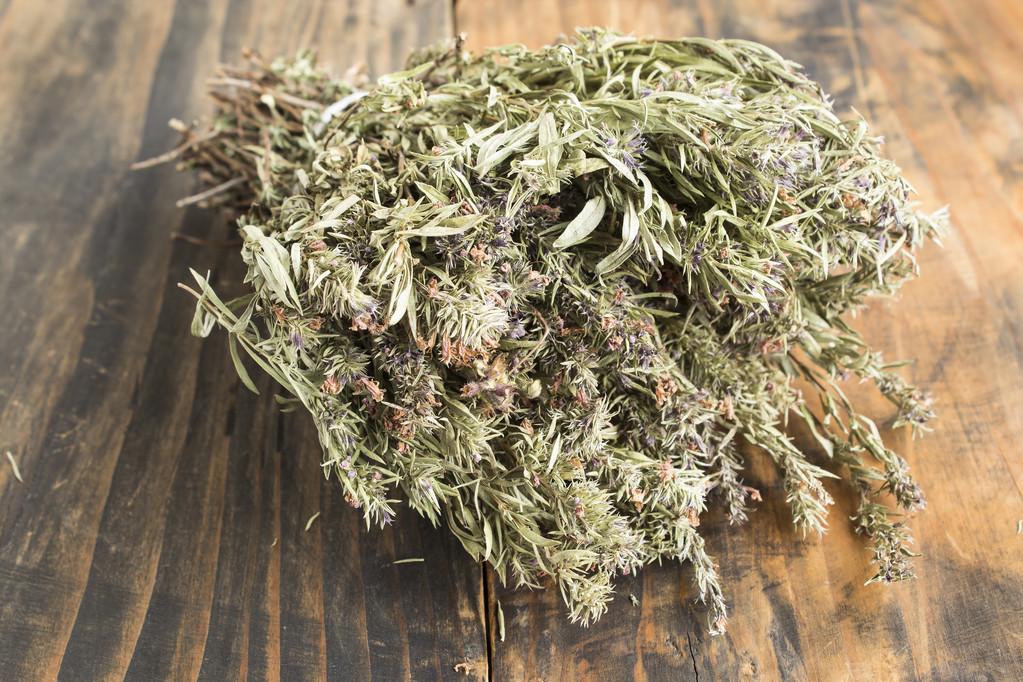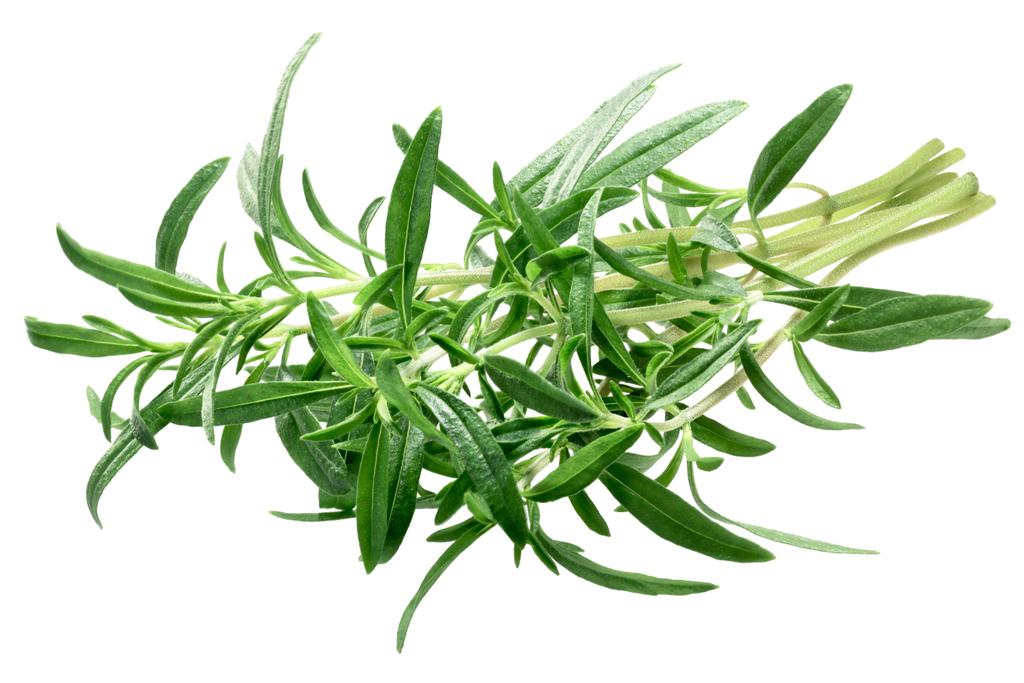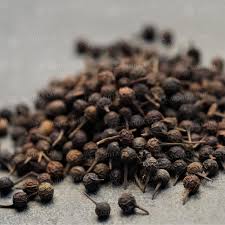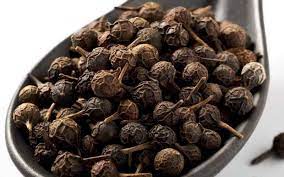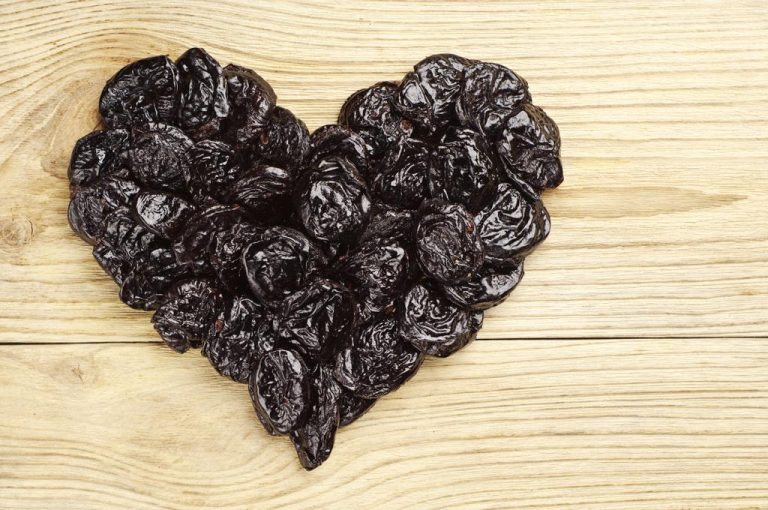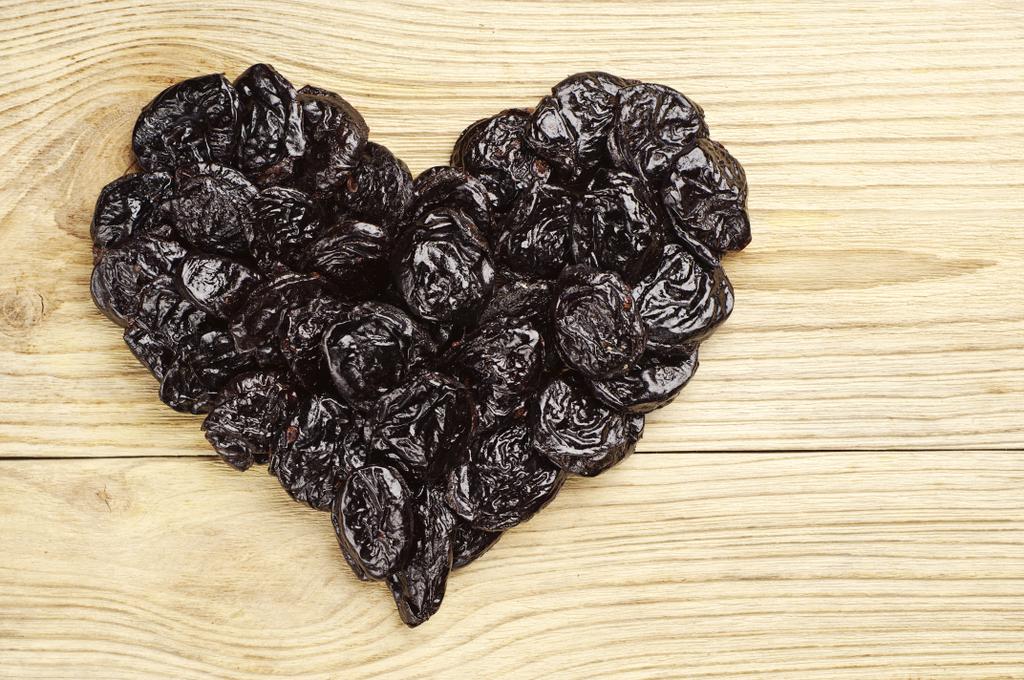The taste of chervil goes well with many dishes and gives a fresh, spring-like note.
Chervil belongs to the umbelliferae family and comes from south-eastern Europe. Today the herb is widespread worldwide. The leaves bear a close resemblance to parsley. After all, chervil, parsley and coriander belong to the same family.
In England, chervil is also called “french parsley”, i.e. French parsley. In France and Belgium, the herb is used extensively.
Chervil heralds the culinary spring and is in season from March to September. You can easily plant the herb in the garden or on the balcony. Chervil tastes best when the plant is about ten centimeters high. From a height of about 60 centimeters, chervil begins to bloom and is then no longer suitable for culinary purposes.

Chervil: Tasty and healthy
Due to its many important nutrients, chervil is also of great health value. The ingredients include:
iron
zinc
potassium
vitamin C
Vitamin A
calcium
flavonoids
bitter substances
essential oils
Due to the ingredients, chervil is said to have many positive effects on the body:
Due to the flavonoids, chervil has a draining effect and thus supports the detoxification organs. In combination with vitamin A, this has a cleansing effect on the skin. Chervil is also traditionally used to fast and detoxify.
Vitamin C has a positive effect on the immune system, and chervil is said to have an anti-inflammatory effect.
Minerals like iron, zinc and potassium promote red blood cell formation and are good for the heart.
In addition, chervil is said to have a digestive effect, for which the bitter substances and essential oils are primarily responsible.
This is how you use chervil correctly
Chervil impresses with an unobtrusive taste with a mild anise note. Traditionally, chervil is one of the fasting herbs and is often prepared on Maundy Thursday, especially in southern Germany. In addition, chervil is an important ingredient in the “Frankfurter Grünen Sauce”, which is considered a Hessian speciality.
Despite the unmistakable taste, chervil goes well with other kitchen herbs. The subtle taste underlines other herbs but does not dominate them.
It is best to use fresh chervil. When dried, chervil loses a lot of its taste. So that the herb stays fresh longer, you can water the bundle or wrap it in damp kitchen paper. Alternatively, you can also freeze chervil.
Chervil goes well with various vegetable dishes, but also with fish or poultry. To preserve the taste, you should not cook the cabbage, but add it just before serving. Chervil gives dishes a fresh, spring-like note without being too intrusive.
Chervil has a wide range of culinary uses. Wonderful soups and sauces can be conjured up from the cabbage. But chervil is also suitable raw on bread and butter, in a salad or as a decoration for scrambled eggs or omelettes.

Recipe for a delicious chervil soup
Soup with chervil is a classic especially at Easter. We show you a simple recipe. The quantities are enough for about two full servings. If you’re only serving the soup as a starter, you’ll get about four servings.
Ingredients:
2 bunches of fresh chervil
2 large potatoes
1 onion
1 leek
750 milliliters vegetable broth
oil for frying
a dash of white wine (optional)
150 milliliters cream (optional)
Salt
pepper
nutmeg
Preparation:
Cut the onion and leek into fine pieces.
Wash the potatoes and cut them into cubes.
Then fry the onions in oil in a large saucepan until translucent.
Add the potatoes.
Let the vegetables fry for about five minutes, stirring occasionally.
Then add the leeks as well.
Deglaze everything with a dash of white wine and then pour the vegetable broth over your soup. If you prefer not to use wine, just add the vegetable broth right away.
Let everything simmer for about 20 minutes until the potatoes are soft. If you like your soup particularly creamy, you can now stir in the cream or a cream alternative.
Rinse the chervil and chop finely.
Turn off the burner and add the chervil to the soup.
Finely puree the soup and then season with salt, pepper and nutmeg. Enjoy your meal!

